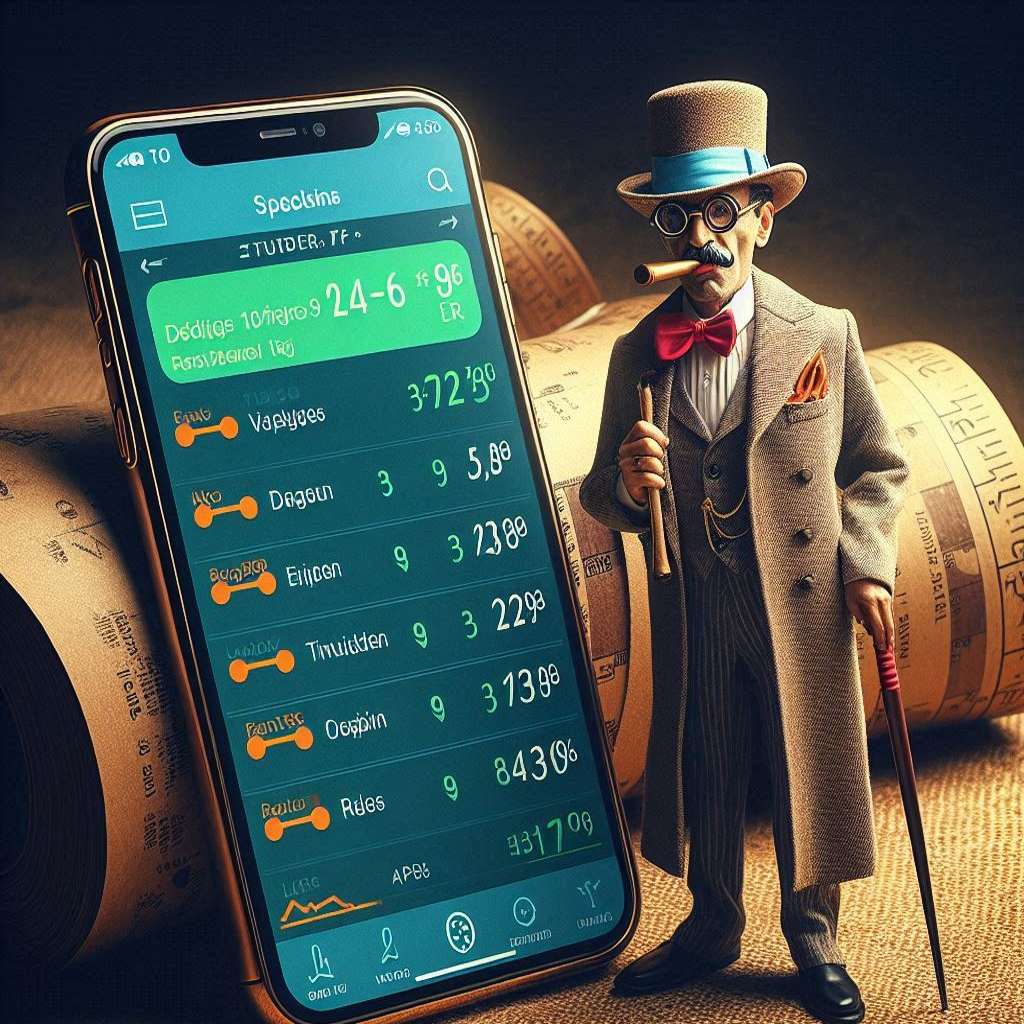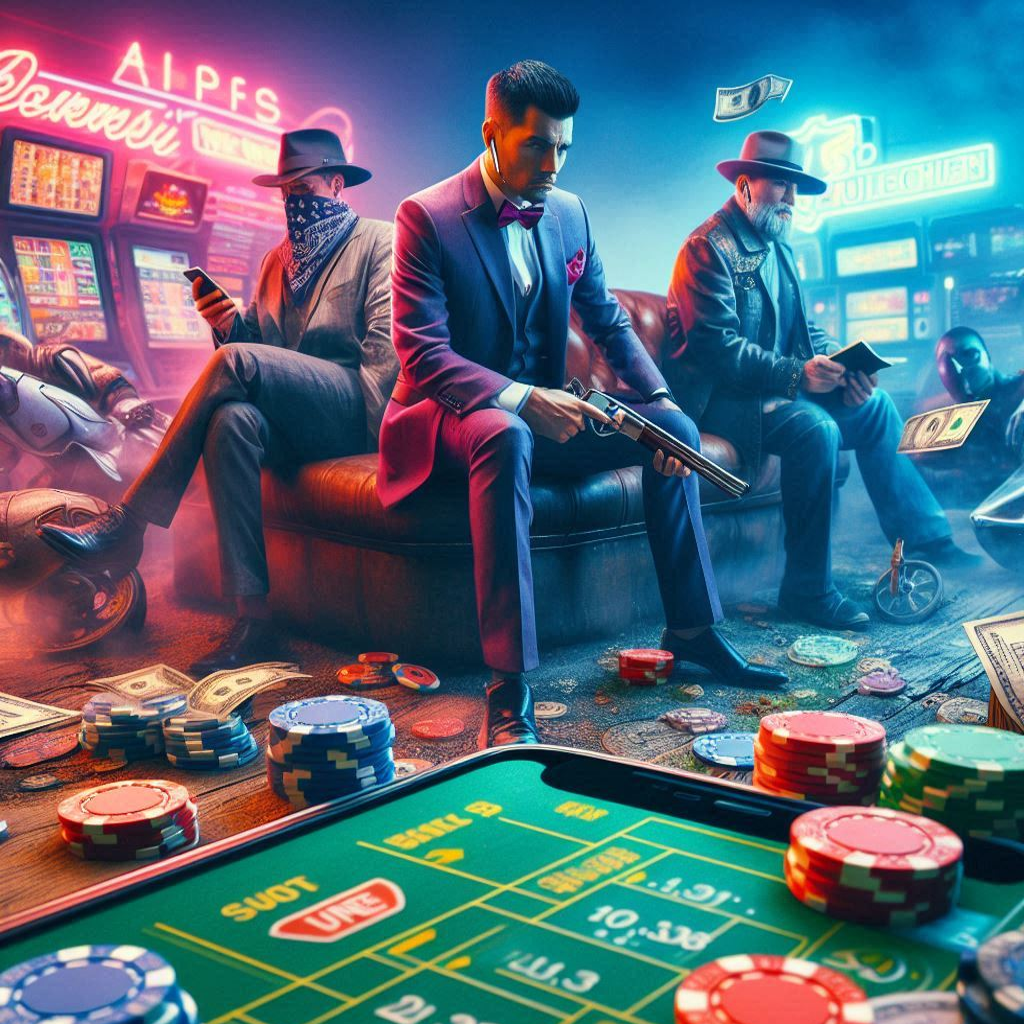Have you ever seen a cool animation pop up on your screen while browsing? Those eye-catching movements are known as “real-time animations.” They are used to show people that something is happening right now, like someone buying a product or signing up for a newsletter. This idea falls under “social proof,” which means people trust and want to do things that others are already doing.
Using animations is a great way to grab attention and create excitement. When we see a little pop-up saying, “Jane just bought a new backpack!” it makes us think, “Wow, if Jane likes it, maybe I should check it out too!” This is the magic of social proof at work. It makes us feel more confident in our choices.
In short, real-time animations for social proof help businesses show their products are popular and trusted. They make websites feel alive and encourage visitors to take action, like buying or signing up for something fun. So next time you see a flashy animation, remember, it’s there to help you feel good about your choices!
Real-time animations for social proof have emerged as an innovative method to enhance user engagement and increase conversions in various online platforms. This practice leverages animated visuals to provide immediate evidence of a product or service’s popularity, thereby influencing potential customers’ decisions. In this article, we will explore the significance of real-time animations, the psychology behind social proof, the technology that enables these animations, and the various applications across different industries.
Understanding Social Proof
Social proof refers to the psychological phenomenon where individuals look to the behavior and decisions of others to guide their own actions. In marketing, social proof serves as a valuable tool to establish trust and credibility. There are several forms of social proof, including:
- Expert Social Proof: Recommendations from industry experts or influencers.
- Celebrity Social Proof: Endorsements from well-known personalities.
- User Social Proof: Reviews and testimonials from customers.
- Wisdom of the Crowds: The idea that if many people are doing something, it must be good.
The Role of Real-Time Animations
Real-time animations for social proof are dynamic visuals that display live data about user interactions with a product or service. For example, when a visitor purchases a product, an animation can pop up saying, “Just sold!” or “Somebody from New York just bought this item!” This immediate feedback not only grabs attention but also reinforces the engagement of potential buyers. The animations provide an immersive experience, making the mundane more exciting.
Technology Behind Real-Time Animations
The development of real-time animations relies on several key technologies:
- JavaScript: A programming language used to create interactive effects within web browsers.
- WebSockets: A protocol providing full-duplex communication channels over a single TCP connection, allowing real-time updates.
- APIs: Application Programming Interfaces that facilitate the interaction between different software applications.
- Animation Libraries: Pre-built libraries that simplify the process of creating animations, such as GSAP (GreenSock Animation Platform) or Anime.js.
Applications Across Industries
Real-time animations for social proof can be effectively utilized across various sectors, including:
- E-commerce: Retailers can display live purchase notifications, helping increase sales by creating a sense of urgency.
- Travel: Travel booking platforms can use animations to show live bookings, encouraging users to finalize their own reservations.
- Software and Apps: Apps can highlight user downloads or reviews in real-time to validate the application’s popularity.
Benefits of Using Real-Time Animations
Implementing real-time animations can lead to several benefits for businesses:
- Increased Engagement: Dynamic visuals capture users’ attention better than static content.
- Higher Conversion Rates: Displaying social proof can lead to quicker purchase decisions.
- Enhanced User Trust: Seeing others engage with a product fosters a sense of trust and reduces hesitation among potential customers.
Challenges and Considerations
Despite the advantages, there are challenges in implementing real-time animations:
- Potential Overload: Excessive animations can be distracting and diminish the site’s usability.
- Data Accuracy: The need for real-time data requires robust backend systems to ensure accuracy.
- Performance Issues: High animations could slow down page loading times, affecting user experience negatively.
Future Trends
The future of real-time animations for social proof is promising. As technology advances, we can expect:
- Increased Customization: Tailoring animations to specific audiences based on their interactions and preferences.
- Integration with AI: Using artificial intelligence to provide personalized social proof messages.
- Augmented Reality (AR) Integrations: Incorporating AR to create immersive experiences that showcase product popularity in a more interactive way.
Expert Insights
“The use of real-time social proof techniques in marketing is not just about boosting sales, it’s about creating a connection between the consumer and the product they are considering.” – Marketing Expert
“When done right, these animations can enhance the user experience significantly, making the purchasing process feel more engaging and trustworthy.” – Industry Analyst
In conclusion, real-time animations for social proof serve as an excellent strategy for businesses looking to enhance user engagement and trust. By utilizing this innovative approach, companies can effectively influence consumer behavior in a digital marketplace.
What are real-time animations for social proof?
Real-time animations for social proof are visual representations that showcase customer interactions, purchases, or engagements on a website or application. These animations serve to build trust and credibility by displaying current activity, which can encourage others to take similar actions.
How do real-time animations work?
These animations typically pull data from user interactions in real-time and present it in an engaging format—like pop-up notifications or animated counters. When a user completes an action, such as making a purchase or signing up, an animation appears, showcasing that activity to other visitors.
What are the benefits of using real-time animations?
Real-time animations can increase user engagement, enhance conversion rates, and provide social proof by demonstrating that others are actively participating. This creates a sense of urgency and encourages potential customers to join in and make their own purchases.
Can real-time animations negatively affect site performance?
TIME TO CHECK MY SOCIAL MEDIA! (Animation Meme) #shorts
When implemented correctly, real-time animations should not hinder site performance. However, excessive animations or poorly optimized code can lead to slower load times or decreased user experience. It’s essential to strike a balance between engaging visuals and site speed.
What platforms support real-time animations for social proof?
Many website builders and e-commerce platforms support plugins or built-in features for real-time animations. Popular options include Shopify, WordPress, and WooCommerce, among others. Make sure to check compatibility with your specific platform.
How do I measure the effectiveness of real-time animations?
You can track the effectiveness of real-time animations by monitoring key performance indicators (KPIs) such as conversion rates, bounce rates, and time spent on page. A/B testing different animation styles can also help determine what resonates best with your audience.
Are there best practices for implementing real-time animations?
Yes, some best practices include ensuring animations are subtle yet noticeable, keeping them relevant to user actions, and avoiding overloading the user with too much information. It’s also important to make sure animations are mobile-friendly and accessible to all users.
What types of animations can be used for social proof?
There are various types of animations you can use, such as notification pop-ups, animated counters, or visual displays of recent purchases. Using dynamic elements that reflect real user behavior can create a more engaging experience.
How can I customize real-time animations to fit my brand?
Customizing real-time animations can be done through branding elements such as color schemes, fonts, and animation styles. Ensure that the animations align with your overall brand message and aesthetic to maintain consistency across your site.



